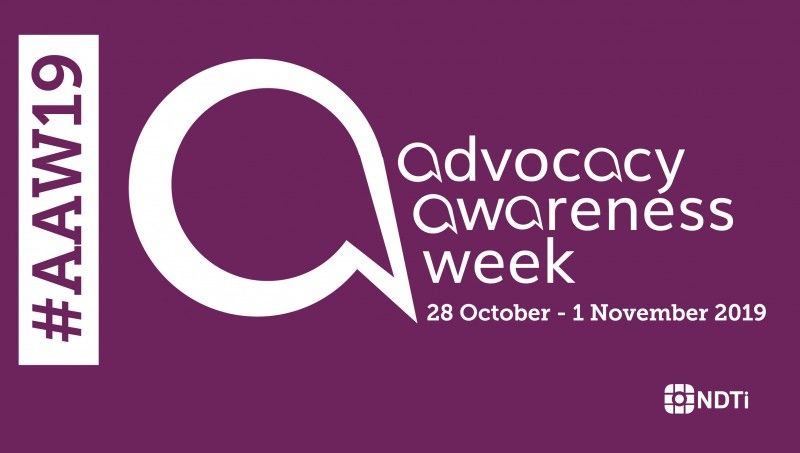
How the power of advocacy and user involvement together can change the system
Exploring issues raised in 1:1 advocacy work through user involvement gathers evidence, generates possible solutions through co-production, and drives systemic change. This results in much greater impact on more people’s lives.
Rainbow lanyards are a great example of this. You’ll all be familiar with them as they’re now in use nationally. We listened to people in mental health units identifying as LGBTQ about their reluctance to disclose important information about their lives and their mental health to staff. They feared – and also expected – homophobia, hetrosexism and transphobia, from both staff and other patients. They were afraid of discrimination and abuse – and of being locked away for longer than necessary because of this.
Our practical experience indicated that this was not isolated experience, so we undertook extensive surveys and consultations on the issues. These issues appeared widespread and raised questions about the awareness and training of hospital staff.
Cutting a long story short, the idea of rainbow lanyards emerged from patients themselves – a visible sign to indicate that they are safe to disclose. True co-production. A small thing that makes a massive difference. The stats on the outcomes speak for themselves. Not only do people feel safer, their health outcomes are better.
Working in partnership with CNWL, we brought the idea to concrete action. The evidence from the Equality & Diversity surveys we undertook across the trust was used to inform staff training and improvement initiatives. Rainbow lanyards and LGBTQ training for staff spread quickly across the trust, and then nationally: great work by Natasha Lobo, our user involvement lead.
Claire Murdoch, CEO of CNWL and NHS England National Director for Mental Health, said “Working together with The Advocacy Project, this one simple thing has been very beneficial. It’s made a big difference to lots of people’s lives.”
So what’s the key learning from this? Exploring advocacy issues through user involvement can identify systemic issues. And using the principles of co-production, this can lead to systemic change, as it amplifies user voice and provides the evidence base to make real tangible improvements.
Judith Davey, Chief Executive, The Advocacy Project
Follow The Advocacy Project on Twitter.